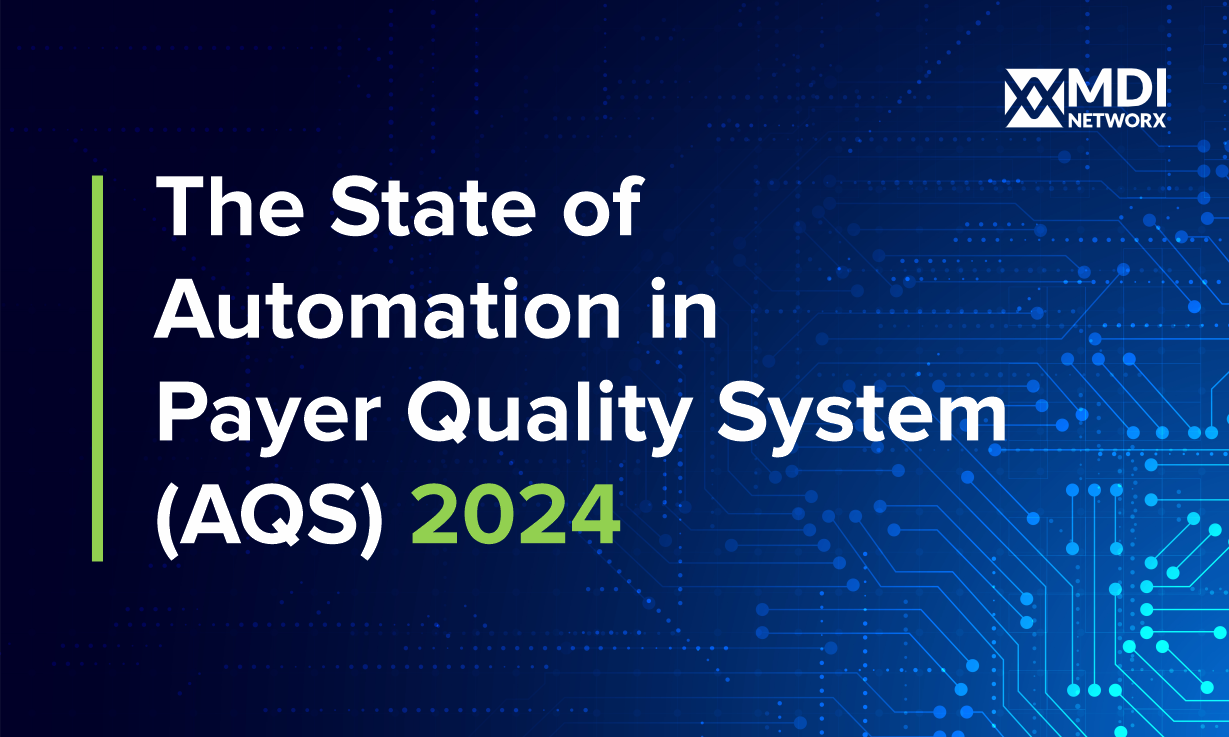One of the biggest challenges that healthcare organizations continue to grapple with is the payer-provider disparities. The use of AI/ML could bring about a paradigm shift in the payer-provider equation, and when used well, it can make these stakeholders sync up as partners working towards a fruitful outcome. Ultimately it all crystalizes down to data. Every case brings with it a humungous volume of data that needs to be analyzed, verified, and approved for processing. It can be both time-consuming and layered. Often, payers and providers slice and dice data based on their particular requirements, but it may be prudent to aggregate patient data in a manner where patient data is linked together for easy access by stakeholders.
Today, there are tools available that come with cognitive capabilities to help sift through unstructured data. When applied with advanced analytics techniques and visualization tools, you can extract information from varied sources while maintaining the quality of the data and producing the most relevant output to the final user. Additionally, predictive analytics models could forecast the actual payment that can ultimately deliver a better experience for patients and providers. Taking this a step further is using artificial intelligence (AI)-based systems that can weed out administrative liabilities through cognitive decision-making, creating a more efficient claims management system.
Here’s why AI/ML is the best bet for claims management in healthcare:
Improved communication:
With an ever-rising number of claimants, communication can be overwhelming as there are multiple touchpoints. Introducing interactive voice recognition, chatbots, and automated text messages can provide a pe rsonalized touch and make stakeholders feel comforted about the progress of their case.
Improved turnaround time:
AI can help suggest predictive outcomes, thereby eliminating stages that required intervention and were also time-consuming. As a result, it can significantly improve the turnaround time and streamline the claims process.
Improved efficiency:
Guided workflows driven by automation make it possible to address claims much faster. Resources that earlier focused on time-intensive work like sifting through data can shift focus to creating more appealing customer service. The far lesser time needed to settle claims invariably results in a lesser number of customer complaints. A satisfied customer always gives organizations a competitive advantage, especially when claims processing operations are optimized.
Improved cost benefits:
The proper use of applications and innovations enables swift claims management with minor human errors. As a result, it reduces resource requirements and allows the scope to redirect recourses in more productive engagements like business development.




